Empower Yourself with DIY Water Filtration Methods
Understanding Water Quality
The Importance of Clean Water
Clean water is essential for our health and well-being. It’s like the foundation of a healthy life, providing us with hydration, nutrients, and protection from harmful contaminants. Imagine your body as a car, and clean water is the high-octane fuel that keeps it running smoothly. Without it, our bodies can’t function properly, just like a car can’t run without gas.
Types of DIY Water Filtration Systems
Reverse osmosis (RO) systems are the most effective DIY water filtration method for removing a wide range of contaminants, including heavy metals, pesticides, and bacteria. They work by forcing water through a semi-permeable membrane, which traps impurities while allowing pure water to pass through. RO systems are more expensive than other methods, but they provide the highest level of filtration.
Benefits of RO Systems:
- Removes a wide range of contaminants
- Produces high-quality, purified water
- Reduces health risks associated with contaminated water
Considerations:
- More expensive than other methods
- Requires a dedicated water line
- Can waste a significant amount of water during the filtration process
Choosing the Right System for Your Needs
When selecting a DIY water filtration system, it’s crucial to consider the specific contaminants you aim to remove. Each filtration method has its strengths and limitations:
- Activated carbon filters: Effective in removing chlorine, taste, and odor. Ideal for improving taste and reducing disinfection byproducts.
- Reverse osmosis systems: Highly efficient in removing a wide range of contaminants, including heavy metals, pesticides, and dissolved solids. However, they require a separate faucet and can be more expensive.
- Distillation systems: The most effective method for removing impurities, producing pure water. However, they are slow and energy-intensive.
- Ultraviolet (UV) systems: Destroy microorganisms like bacteria and viruses. Suitable for disinfecting well water or as a final polishing step.
- Ceramic filters: Remove bacteria, cysts, and sediment. They are durable and can be cleaned and reused, making them a cost-effective option.
Consider your water quality, budget, and space requirements to determine the best filtration method for your needs. The table below provides a quick comparison:
| Filtration Method | Contaminants Removed | Effectiveness | Cost | Maintenance |
|---|---|---|---|---|
| Activated Carbon | Chlorine, taste, odor | Good | Low | Replace filters |
| Reverse Osmosis | Heavy metals, pesticides, dissolved solids | Excellent | High | Replace membrane |
| Distillation | All impurities | Excellent | High | Clean boiler |
| Ultraviolet (UV) | Microorganisms | Good | Moderate | Replace UV lamp |
| Ceramic | Bacteria, cysts, sediment | Good | Low | Clean or replace filter |
Section 4: Installing a DIY Water Filtration System
Installing a DIY water filtration system is a rewarding project that can significantly improve your water quality. Here’s a step-by-step guide to help you get started:
- Gather your tools and materials: You’ll need a wrench, pliers, Teflon tape, and the necessary fittings and filters for your chosen system.
- Prepare your water line: Shut off the water supply and drain the line. Cut the pipe where you want to install the filter and deburr the edges.
- Install the filter housing: Screw the filter housing onto the pipe using Teflon tape. Make sure it’s tight but not overtightened.
- Insert the filter cartridge: Remove the filter cartridge from its packaging and insert it into the housing. Tighten the cap securely.
- Turn on the water supply: Slowly turn on the water supply and check for leaks. If there are any leaks, tighten the connections as needed.
- Flush the system: Run water through the system for a few minutes to flush out any debris or air bubbles.
Remember, safety first! If you’re not comfortable working with plumbing, don’t hesitate to call a professional for assistance.
Maintaining Your Filtration System 💧
Maintaining your DIY water filtration system is crucial to ensure optimal performance and longevity. If you encounter any issues, here are some common problems and their solutions:
- Reduced water flow: Check if the filter is clogged and needs replacing. Also, inspect the system for any leaks or blockages.
- Strange taste or odor: If the filtered water has an unusual taste or smell, it could indicate a problem with the filter or the water source. Try replacing the filter or testing the water for contaminants.
- Leaking system: Tighten any loose connections or replace damaged seals. If the leak persists, contact a professional plumber.
- No water flow: Ensure that the system is properly connected and the power supply is turned on. If the issue persists, check for blockages or a faulty pump.
- Filter not lasting as long as expected: The lifespan of a filter depends on the water quality and usage. Consider replacing the filter more frequently if the water is heavily contaminated or the system is used extensively.
AT HOME WATER FILTRATION SYSTEM ON YOUTUBE
Benefits of DIY Water Filtration
DIY water filtration not only protects our health but also the environment. By reducing our reliance on bottled water, we significantly cut down on plastic waste. Plastic bottles take hundreds of years to decompose, polluting our oceans and landfills. Every time we choose filtered tap water over bottled water, we’re making a conscious choice to protect our planet for future generations.
Imagine a world where our rivers, lakes, and oceans are pristine and free from plastic pollution. By embracing DIY water filtration, we can make this dream a reality. Every drop of water we filter is a step towards a cleaner, greener world.
DIY Water Testing
Importance of Monitoring Water Quality
After installing your DIY water filtration system, it’s crucial to monitor its effectiveness. Regular testing ensures that your water remains safe and clean. Just like a doctor checks your health, testing your water is like a checkup for your water supply.
There are various simple water tests you can perform at home. These tests can detect common contaminants like chlorine, lead, and bacteria. By comparing the results before and after filtration, you can assess the performance of your system. It’s like having a detective on your side, uncovering any hidden impurities in your water.
Advanced DIY Water Filtration Techniques
DIY Reverse Osmosis Systems
Reverse osmosis (RO) systems are highly effective in removing a wide range of contaminants, including salts, heavy metals, and bacteria. They work by forcing water through a semipermeable membrane, leaving behind the impurities. DIY RO systems can be installed under the sink or as a whole-house system. While they are more complex to install than some other filtration methods, they offer a high level of water purification.
Whole-House Water Filtration
Whole-house water filtration systems treat all the water entering your home, providing clean water for drinking, cooking, bathing, and other uses. These systems can be installed at the point of entry, where the water line enters your house. They typically use a combination of filtration methods, such as activated carbon and sediment filters, to remove a wide range of contaminants. Whole-house systems offer the most comprehensive protection against water contamination and are a great investment for homes with multiple occupants or high water usage.
Additional Tips for Clean Water 💦
Conserving water not only helps reduce your environmental impact but also minimizes the risk of contamination. When water flows through pipes, it can dissolve and pick up impurities along the way. By reducing water usage, you limit the amount of time water spends in contact with these potential contaminants, resulting in cleaner water. 🚰
Think about it this way: if you have a leaky faucet, water is constantly dripping and flowing through the pipes. This prolonged contact with the pipes increases the chances of the water picking up contaminants. On the other hand, if you fix the leak and conserve water, you reduce the amount of time water spends in the pipes, decreasing the risk of contamination. 💦
Here are some easy ways to conserve water:
- Fix leaky faucets and toilets
- Take shorter showers
- Use a low-flow showerhead
- Water your lawn less frequently
- Wash clothes in full loads
- Use a dishwasher only when it’s full
Empowering Yourself with Clean Water
“Water is the elixir of life,” they say, and it’s true. Our bodies are made up of 60% water, and we need it to survive. But not all water is created equal. Some water can be contaminated with harmful bacteria, viruses, and chemicals. That’s why it’s so important to have access to clean water.
DIY water filtration systems are a great way to ensure that you and your family have access to clean water. These systems are relatively inexpensive and easy to install, and they can remove a wide range of contaminants from water.
By taking control of your water quality, you can empower yourself and your family to live healthier lives. So what are you waiting for? Start filtering your water today!
CHOOSING HOME WATER FILTERS & OTHER WATER TREATMENT SYSTEMS | CDC
CHOOSING HOME WATER FILTERS & OTHER WATER TREATMENT SYSTEMS | CDC
EASY WATER FILTRATION SYSTEM
DIFFERENT TYPES OF WATER FILTRATION SYSTEMS
BEST WATER FILTRATION SYSTEM FOR HOME
DRINKING WATER FILTRATION SYSTEM FOR HOME
ARE HOME WATER FILTRATION SYSTEMS WORTH IT

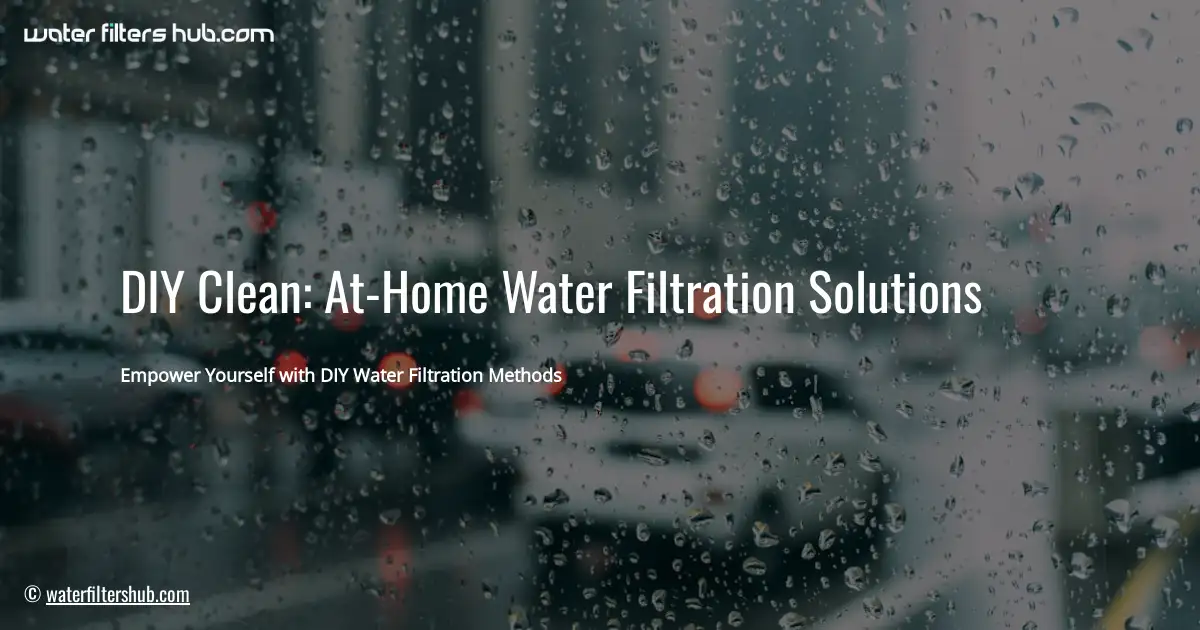
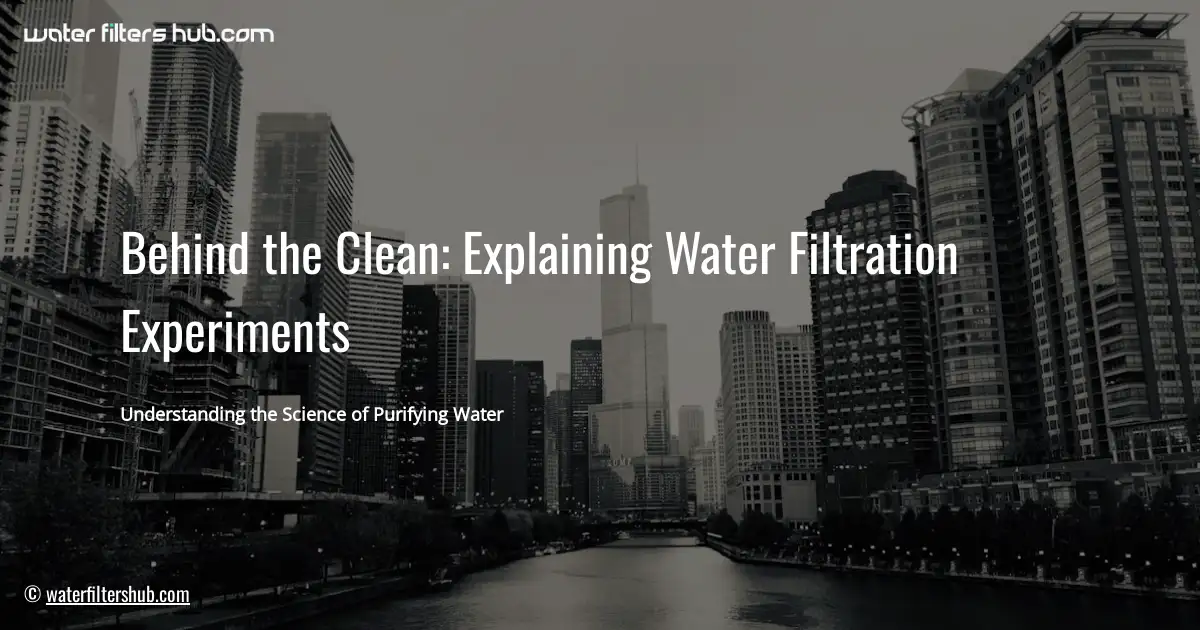
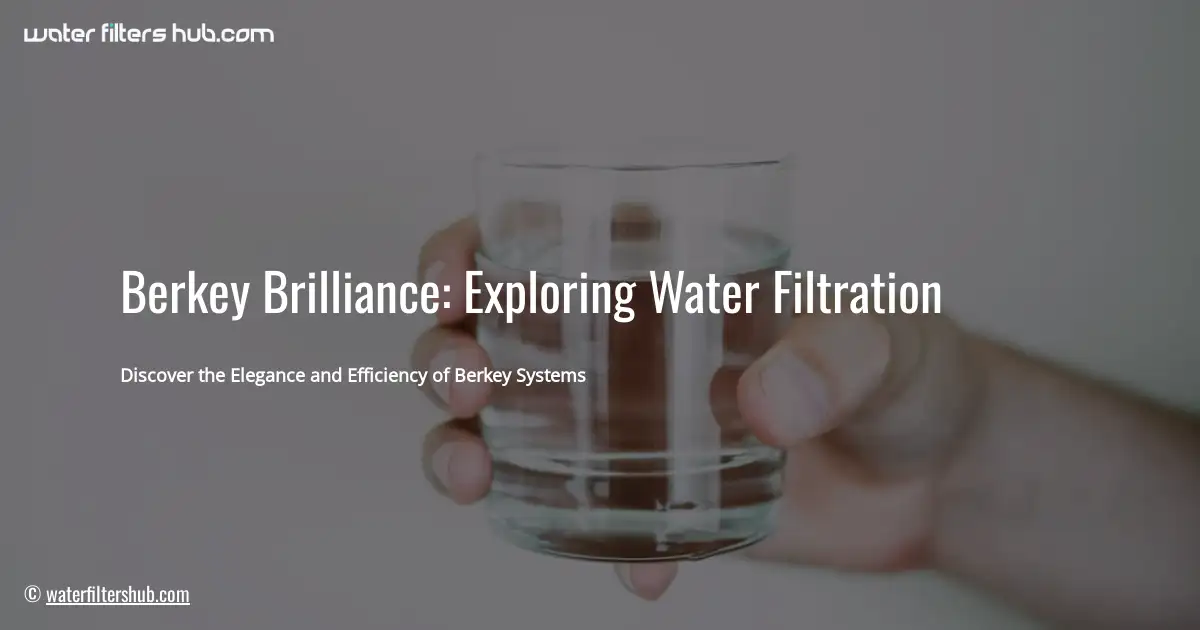
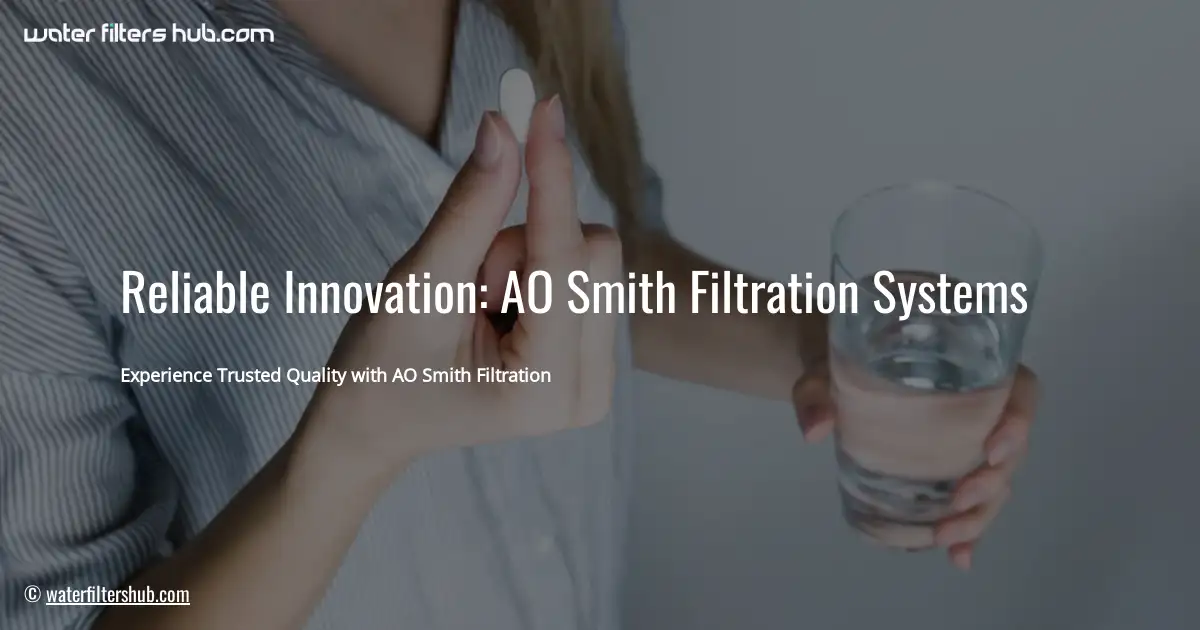

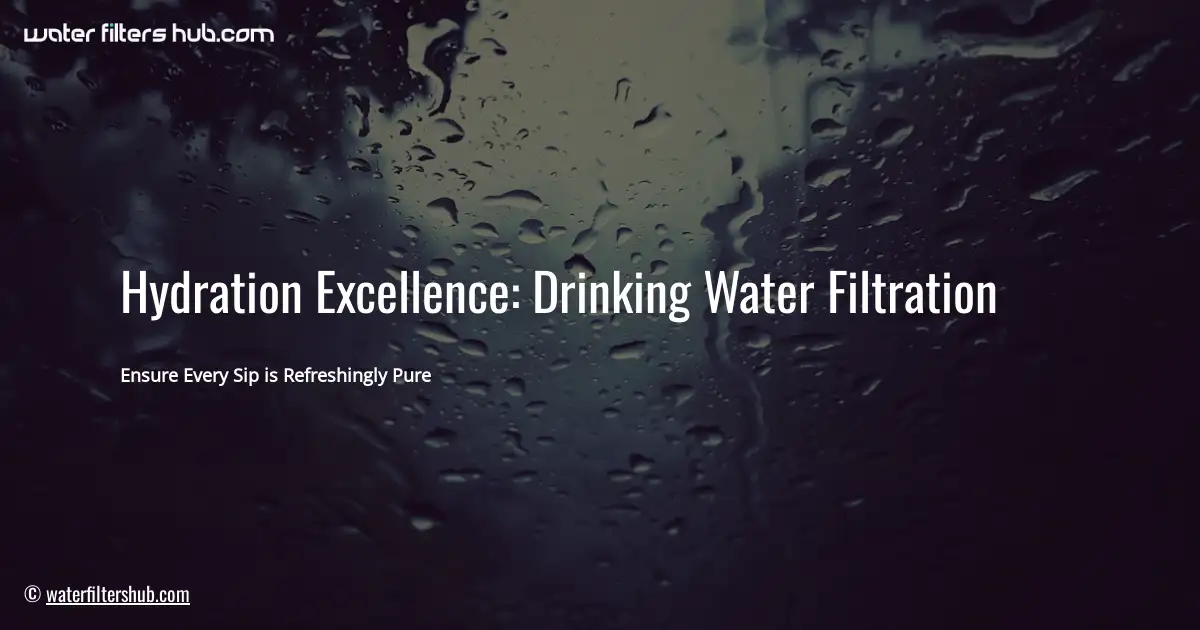
Leave a Reply